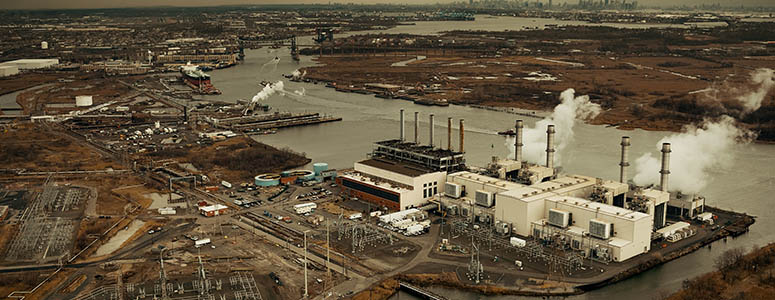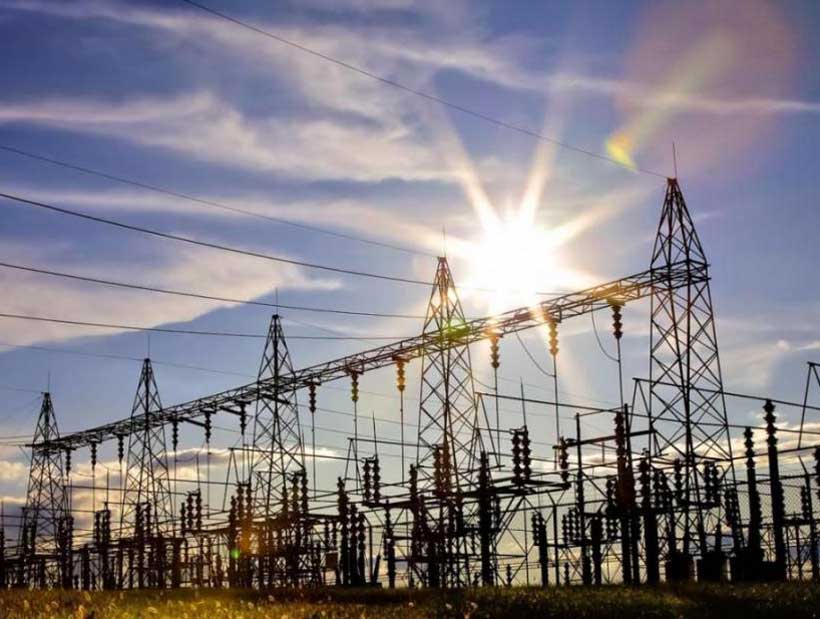In the realm of energy production, large-scale coal power plants have long played a central role in supplying electricity to meet the ever-growing demands of modern society. However, as the world grapples with the urgent need for sustainable and eco-friendly alternatives, the effects of these power plants on the environment and the future prospects of their existence come under increasing scrutiny.
The environmental impact of large-scale coal power plants cannot be overstated. The combustion of coal releases vast amounts of carbon dioxide (CO2), a major contributor to the greenhouse effect and climate change. Additionally, coal-fired power plants emit other pollutants, such as sulfur dioxide, nitrogen oxides, and particulate matter, which have detrimental effects on air quality and human health. The ecological toll is evident in the form of acid rain, soil degradation, and damage to aquatic ecosystems.
Furthermore, the extraction and transportation of coal involve environmental disruptions, including deforestation, habitat destruction, and water pollution. Coal mining, in particular, is associated with devastating consequences such as land subsidence, water table depletion, and the displacement of local communities. The cumulative impact of these activities raises serious concerns about the long-term sustainability of large-scale coal power plants.
In light of these environmental challenges, the future prospects of large-scale coal power plants are at a crossroads. Many countries and regions are shifting their focus towards cleaner and more sustainable energy sources, such as renewable energy and natural gas. The declining cost of renewable technologies, coupled with the increasing awareness of climate change impacts, has led to a global push for transitioning away from coal.
The transition to cleaner energy alternatives is not only driven by environmental concerns but also by economic factors. Large-scale coal power plants often require significant upfront investments and entail ongoing operational costs. As renewable energy technologies become more cost-competitive, the financial viability of coal power plants diminishes, making the shift to cleaner alternatives a more attractive prospect for investors and policymakers alike.
The global momentum towards decarbonization and the phasing out of coal is evident in the policies adopted by many nations. Governments are increasingly setting ambitious targets for reducing carbon emissions and increasing the share of renewable energy in their energy portfolios. International agreements, such as the Paris Agreement, further underscore the commitment to mitigating climate change by transitioning away from fossil fuels, including coal.
However, it is essential to recognize the social and economic implications associated with the phase-out of large-scale coal power plants. Many communities around the world depend on the coal industry for employment and economic stability. The transition to cleaner energy sources must be accompanied by thoughtful strategies to address the needs of these communities, providing alternative employment opportunities and supporting economic diversification.
In conclusion, the effect and future prospects of large-scale coal power plants are deeply intertwined with environmental, economic, and social considerations. While the environmental impact of coal is undeniable, the transition away from coal must be managed in a way that acknowledges and addresses the broader implications. The global energy landscape is evolving rapidly, and the future lies in a balanced and sustainable mix of energy sources that not only power our societies but also safeguard the health of our planet for generations to come.



